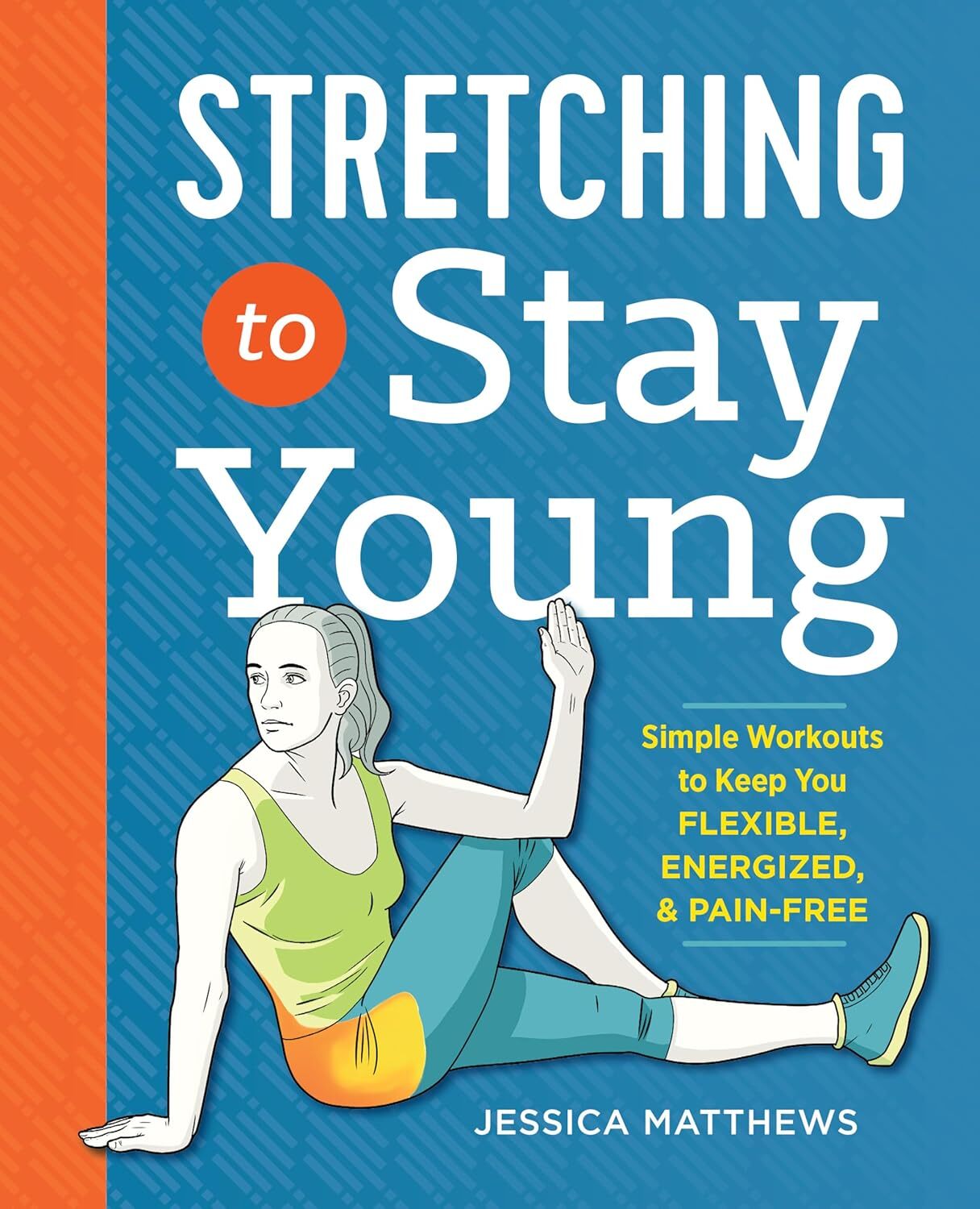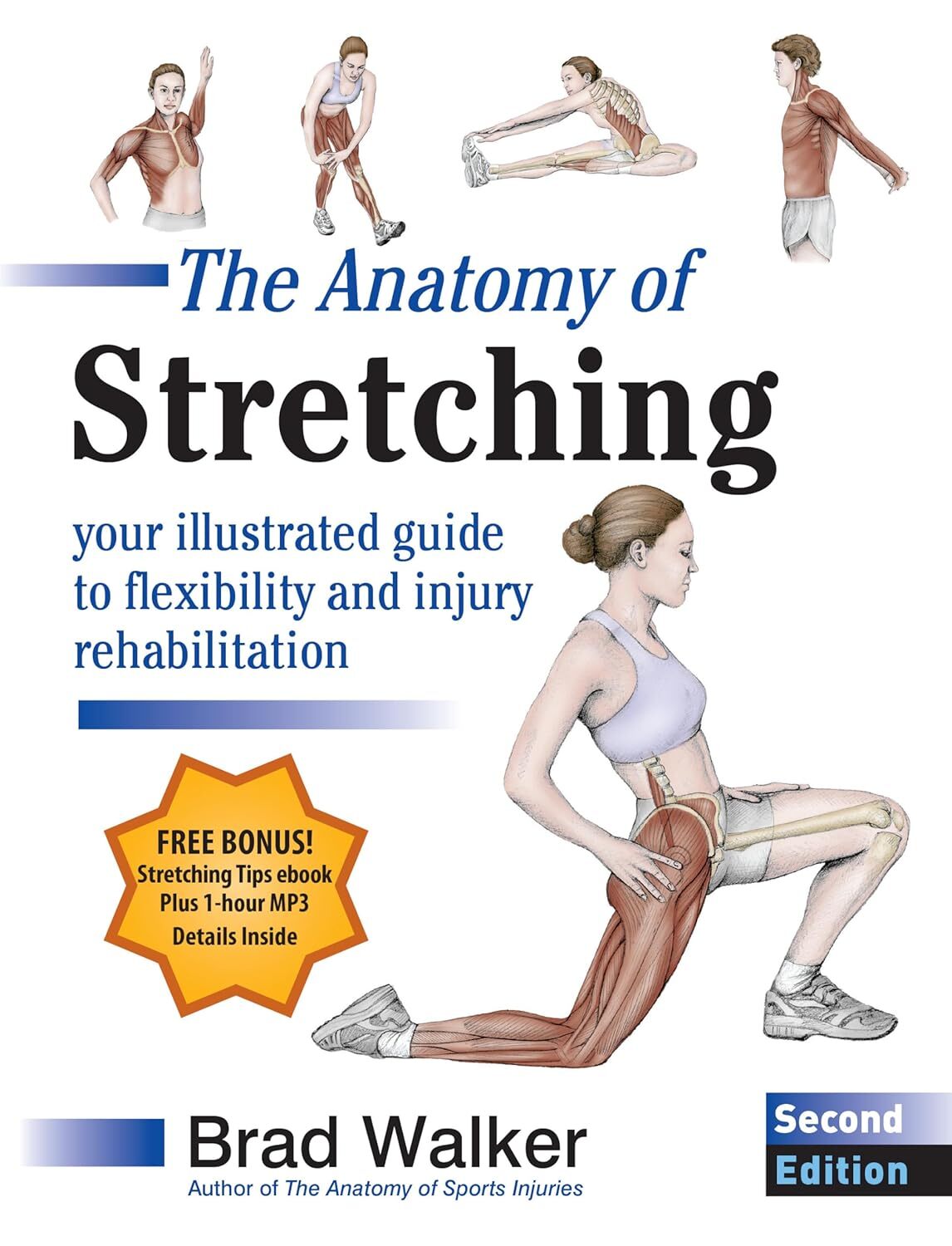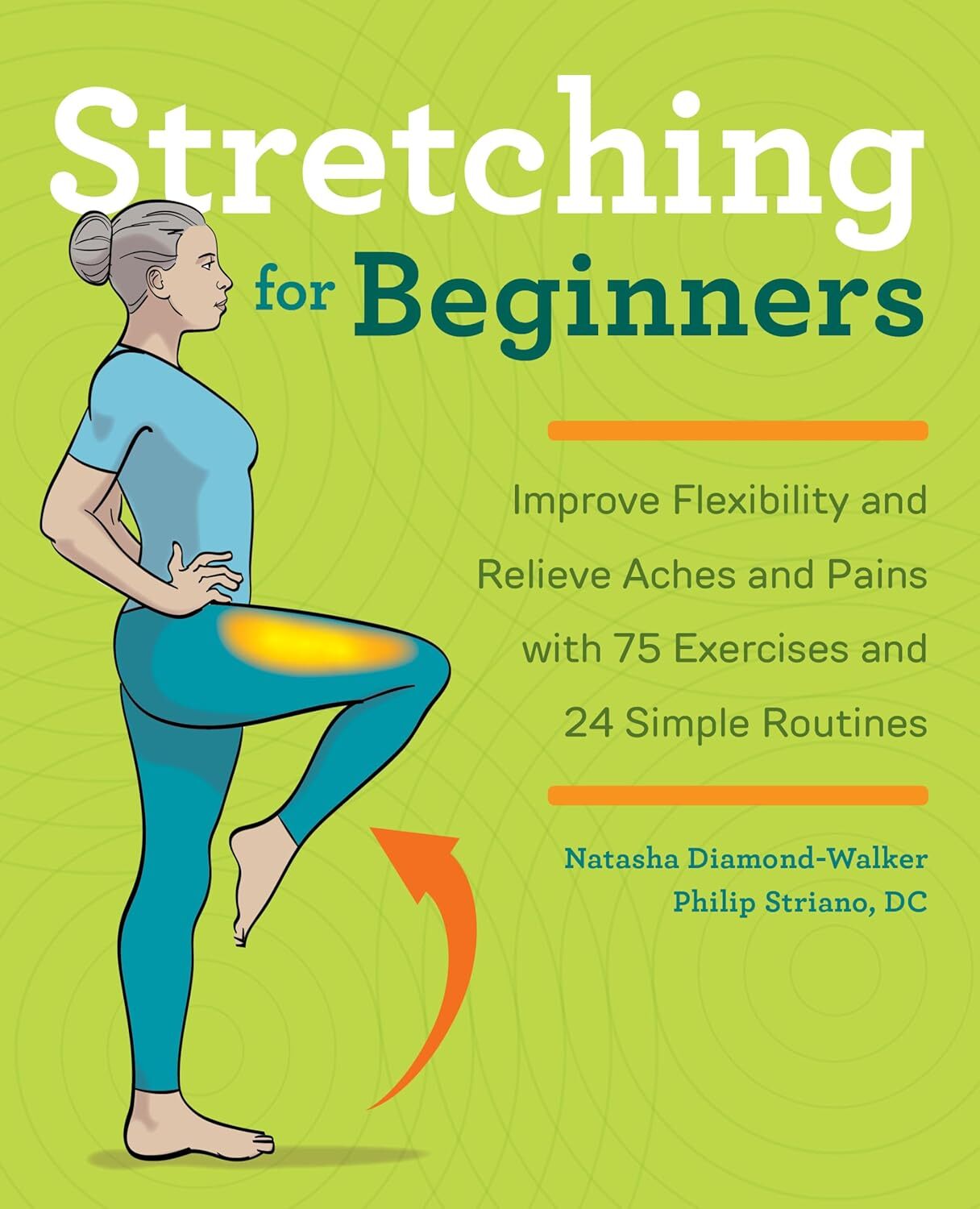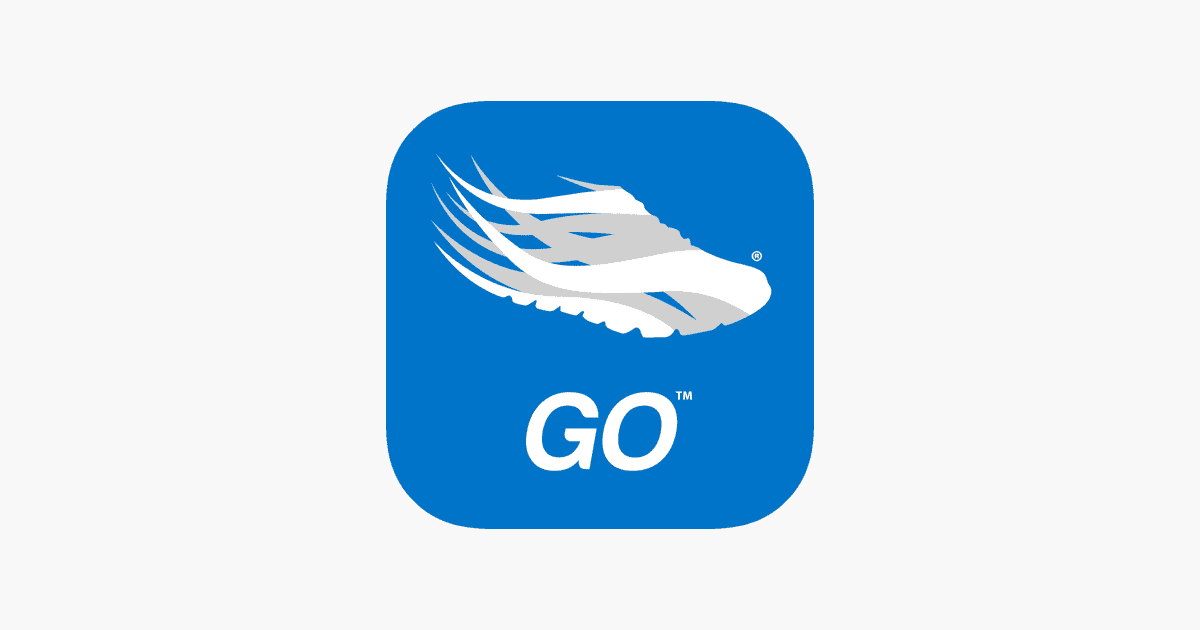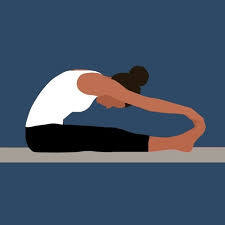Stretching
Enhance Flexibility and Range of Motion Through Gentle Movement
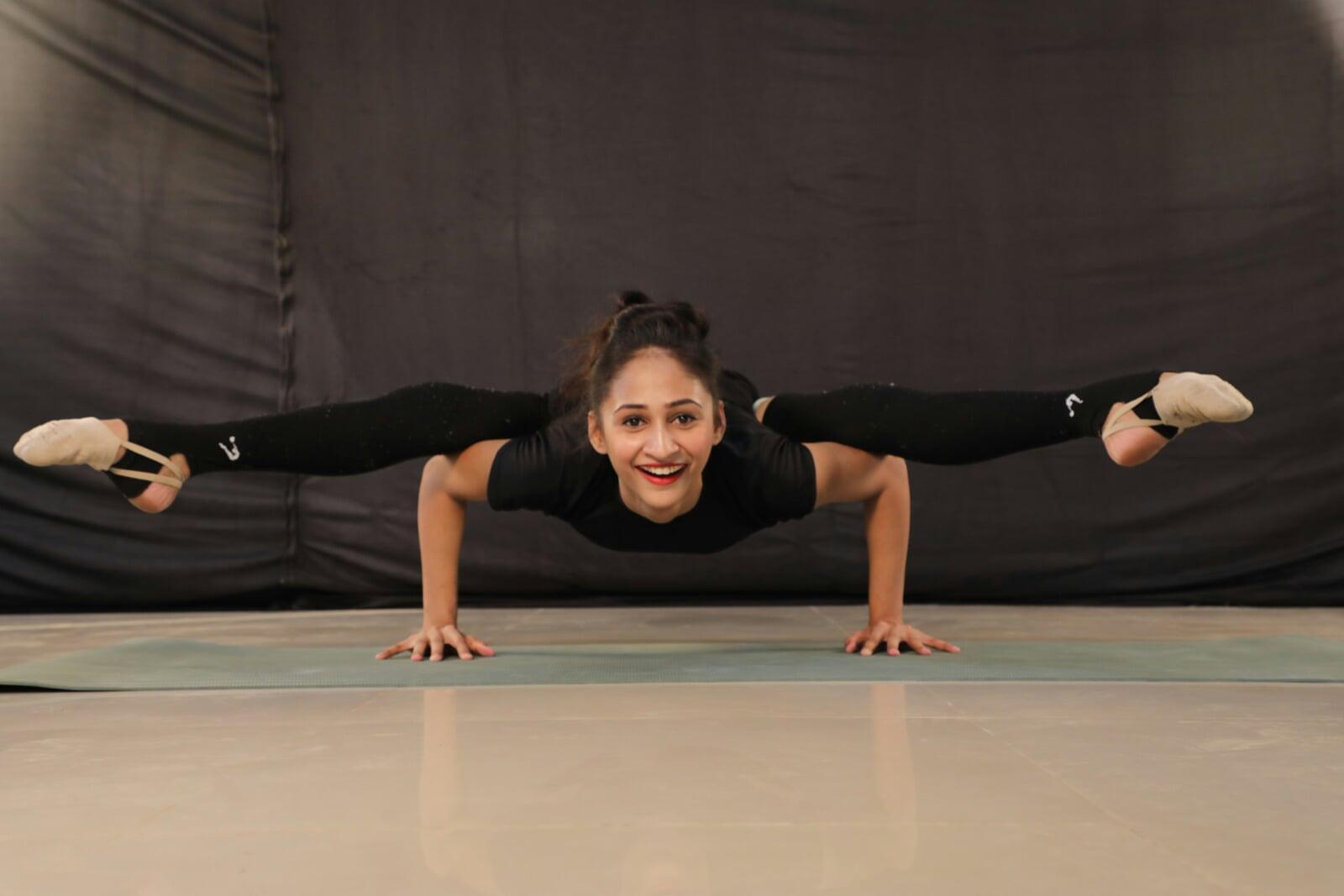
Introduction
Stretching is a gentle physical activity that involves lengthening muscles and connective tissues to improve flexibility, range of motion, and mobility. For cancer survivors, stretching can support recovery by reducing muscle tension, improving circulation, and promoting physical and emotional well-being across all stages of healing.
Why It Works
Stretching enhances blood flow, reduces muscle stiffness, and promotes relaxation by activating the parasympathetic nervous system, which helps lower stress levels. For cancer survivors, it can alleviate treatment-related side effects like fatigue, joint pain, and lymphedema while improving range of motion and quality of life. Research shows that regular stretching improves physical function, reduces pain, and supports mental health in cancer survivors.
* Consult your physician before starting any exercise program on this website, as the content is for informational purposes only and not a substitute for professional medical advice.
How To Do It
Instructions:
- Find a quiet, open area with enough room to move comfortably.
- You’ll need a counter, table, or chair on some stretches and a wall or doorway for others.
- Wear loose, comfortable clothing.
- Allow 10–15 minutes for the session.
- Extend Arms: Put both arms straight out to the sides at shoulder height, forming a T-shape with your body.
- Bend Elbows: Bring your forearms forward to form a 90-degree angle at the elbows.
- Rotate in Circles: Rotate arms in small circles with controlled forward circles with both arms simultaneously.
- Extend Range of Motion: Begin with smaller circles and slowly widen the circles as far as comfortable without causing any discomfort.
- Feel Stretch: Do several rotations until you start to feel your arms and shoulders loosen up.
- Switch Directions: Reverse the motion to make small backward circles.
Elbow Swings:
- Extend Arms: Put both arms straight out to the sides at shoulder height, forming a T-shape with your body.
- Bend Elbows: Bring your forearms forward to form a 90-degree angle at the elbows.
- Arms in Plane: Position your hands in loose fists and palms facing down.
- Push Elbows Back: Gently pull your elbows back as far as comfortable, squeezing your shoulder blades together, keeping your arms in the same horizontal plane.
- Move Back & Forth: Return your elbows to the starting position, then move them slightly forward if comfortable, maintaining control.
- Repeat: Continue swinging your elbows in a back-and-forth motion for 10-15 reps.
Standing Arm Shoulder Flexion:
- Position Feet: Stand with your feet hip-width apart in front of a counter, table or chair.
- Hand Placement: Lean your torso forward until you reach your hand or hands onto the surface of the counter, table, or top of the chair.
- Bend at Waist: Gently bend forward at the waist moving to 90 degrees, allowing your arm(s) to move into flexion.
- Feel Arms Stretch: Feel a stretch in your arms and shoulders.
- Extend to Hamstrings: Expand the stretch to feel your hamstrings and calves.
- Hold Stretch: Maintain position for a comfortable duration, ensuring it remains within a pain-free range.
- Return to Standing: Slowly return to the starting position.
- Repeat: Do stretch 3-5 times. Breathe deeply and maintain focus on the movement.
Standing Pectoral & Chest Stretch:
- Position Feet: Stand with your feet hip-width apart a wall or door.
- Extend Arms: Put your right arm beside you parallel to the ground with your palm on the wall or door.
- Rotate Away: Slowly turn your body away from the wall or door.
- Feel Arm Stretch: Feel a stretch in your arms and shoulders.
- Hold Stretch: Hold for a few deep breaths before returning to your starting position.
- Switch Directions: Switch to your left arm and repeat the stretching exercise.
- Repeat: Do stretch 3-5 times on each side.
Side Stretch:
- Position Feet: Stand with feet hip-width apart.
- Arm Over Head: Raise your right arm overhead.
- Lock Hands: Grasp your right hand with your left hand while holding them overhead.
- Lean Away: Lean gently to the left, keeping your hips stable.
- Feel Stretch: Feel a stretch along the right side of your torso.
- Hold: Maintain stretch for 10–15 seconds
- Switch Directions: Switch to the left side.
- Repeat: Do stretch 3-5 times on each side.
Torso Twist:
- Hands on Hips: Place your hands on your hips, keeping your shoulders relaxed and spine straight.
- Twist Torso: Turn your torso to the right, keeping your hips and legs facing forward, and hold for a moment to feel the stretch.
- Move Back & Forth: Twist back to the center, then rotate to the left, moving smoothly back and forth for 5-15 reps per side.
Standing leg curls:
- Position Feet: Stand tall with feet hip-width apart. Hold onto a wall or chair for balance if needed, keeping your posture upright and core lightly engaged.
- Bend Leg at Knee: Lift your right heel toward your glutes by bending at the knee, keeping your thigh stationary and avoiding hip movement.
- Straighten Leg: Return your right foot to the ground in a controlled manner, keeping the motion steady.
- Move in Rhythm: Perform 10-30 curls with the right leg, then switch to the left leg, maintaining a consistent rhythm and even breathing.
Standing Knee Lifts:
- Position Feet: Stand tall with feet hip-width apart. Keep your posture upright, shoulders relaxed, and core lightly engaged for stability.
- Raise Knee: Bring your right knee toward your chest to about hip height, keeping your foot flexed or relaxed and maintaining balance.
- Straighten Leg: Return your right foot to the ground in a controlled manner, keeping the movement steady.
- Move in Rhythm: Perform 10-30 knee lifts with the right leg, then switch to the left leg, maintaining a consistent rhythm and even breathing.
Seated Hamstring Stretch:
- Seatted Position: Sit at the edge of a chair and stretch right leg out in front of you with your heel on the floor and toes up at 90 degrees.
- Set Opposite Leg: Rest your left leg in a normal seated position with your foot flat on the floor.
- Hip Hinge: Hinge at your hips forward and keep your back straight.
- Slowly Move Forward: Lean your chest forward with your head up. If you have back issues, try doing this without leaning past 90 degrees. Don't force it. Focus on the hip hinge.
- Feel Stretch: Feel the movement stretch in your hamstrings and lower back.
- Hold: Maintain forward position for 15–30 seconds. Breathe deeply and focus on your stretch. Slowly return to starting position.
- Switch Directions: Switch to the left side.
- Repeat: Do stretch 3-5 times on each side.
Calf Stretch:
- Face Wall: Stand facing a wall or counter, placing your hands on it for support.
- Exend Leg Back: Step your right foot back, keeping it straight and heel on the ground.
- Lean In: Bend your left knee slightly, leaning toward the wall.
- Feel Stretch: Feel a stretch in your right calf.
- Hold: Hold for 15–30 seconds.
- Switch Legs: Switch to the left leg.
- Repeat: Do stretch 3-5 times on each side.
Helpful Tips:
- Start small: Begin by just limbering up, then start adding stretches if new to the practice.
- Choose your time: Morning stretches energize; evening stretches relax.
- Stay gentle: Never push past discomfort, especially post-treatment.
- Use props: A chair or wall can aid balance and stability.
- Practice daily: Even 5–10 minutes can yield benefits.
- Track progress: Note improvements in flexibility or comfort over time.
- Combine with mindfulness: Pair with deep breathing and sensory techniques for added relaxation.
- Consult professionals: Check with your healthcare team before starting, especially with lymphedema or surgical restrictions.
- Be consistent: Regular stretching deepens benefits over weeks.
Recommended Videos
15 Minute Gentle, Full-Body Stretching Routine
Cancer Rehab PT
Gentle Stretching for Seniors, Beginner Exercisers
yes2next
Seated Lymphatic Exercise Flow Workout
Cancer Rehab PT
Influential Books
This stretching book guides you step-by-step through each stretch, arming you with the confidence you need to progress into deeper levels of stretching for enhanced flexibility, reduced pain, decreased stiffness, and better quality of life for years to come.
This updated edition of The Anatomy of Stretching is an accessible, in-depth resource for enhancing your stretching and fitness regimen in ways that are science-backed, designed to prevent injury, and tailored to enhance mobility and function.
This easy-to-follow guide shows you how stretching long and slow can help you find fast pain relief and enhance your range of motion.
* As an Amazon Associate I earn from qualifying purchases.
Helpful Websites
Popular Apps
Scientific Research
- Cheville, A. L., et al. (2019). A Home-Based Exercise Program for Cancer Survivors: Effects on Flexibility and Quality of Life. Supportive Care in Cancer, 27(6), 2233–2240. https://pubmed.ncbi.nlm.nih.gov/30350165/
- Mustian, K. M., et al. (2017). Exercise for the Management of Side Effects and Quality of Life Among Cancer Survivors. Current Sports Medicine Reports, 16(6), 413–419. https://pubmed.ncbi.nlm.nih.gov/29135647/
- Speck, R. M., et al. (2010). An Update of Controlled Physical Activity Trials in Cancer Survivors: A Systematic Review and Meta-Analysis. Journal of Cancer Survivorship, 4(2), 87–100. https://pubmed.ncbi.nlm.nih.gov/20052559/
- Loh, S. Y., et al. (2014). Effects of a Supervised Stretching Program on Physical Function in Breast Cancer Survivors. Asian Pacific Journal of Cancer Prevention, 15(24), 10559–10564. https://pubmed.ncbi.nlm.nih.gov/25605148/
Related Topics:
Strongly Related
Reduce Stress:
[Links to related web pages]
[Links to related web pages]
[Links to related web pages][Links to related web pages]
Moderately Related
Issue B:
[Links to related web pages]
[Links to related web pages]

